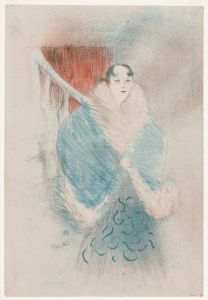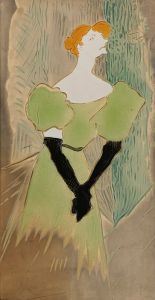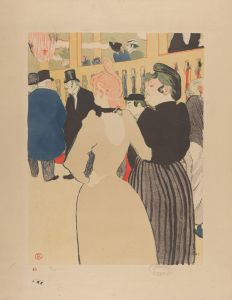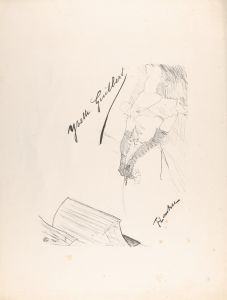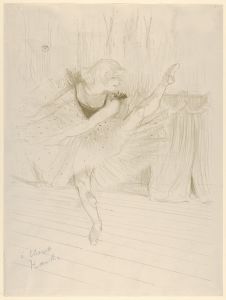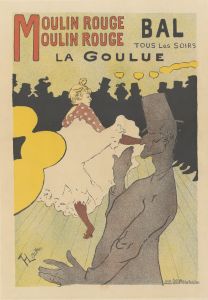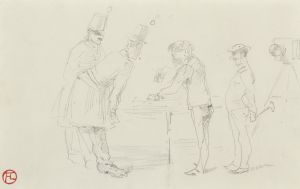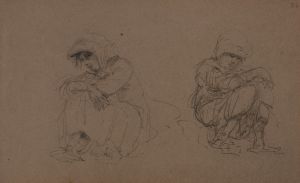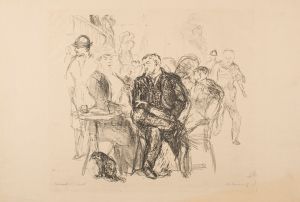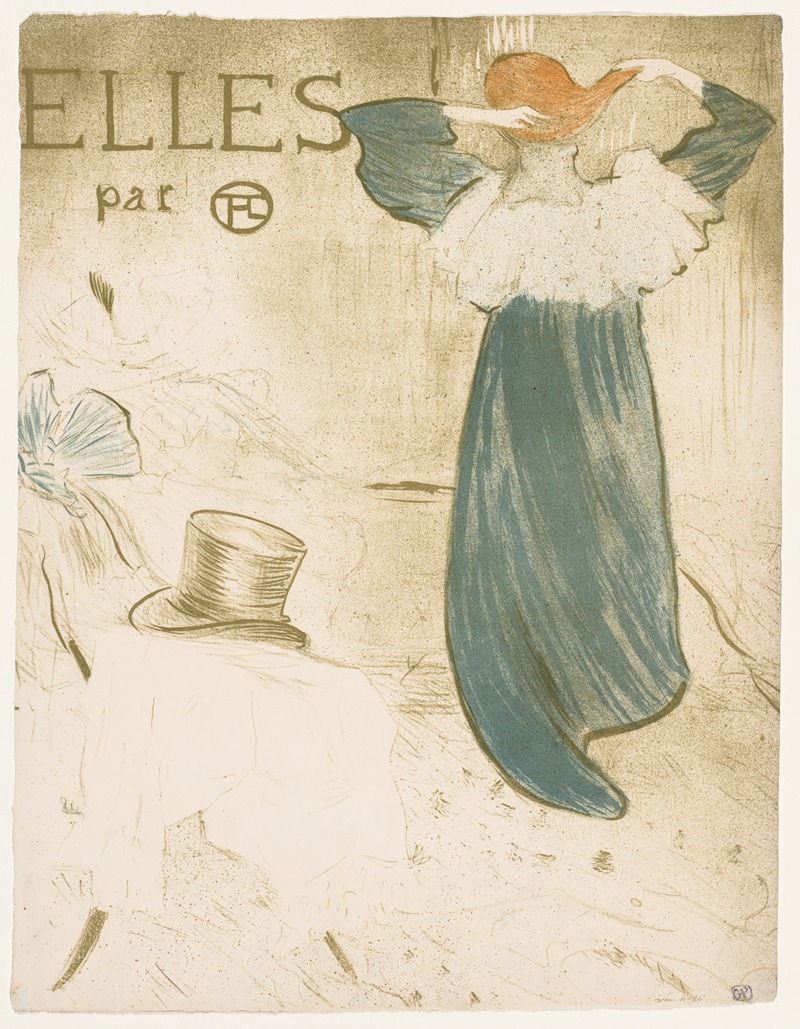
Elles
A hand-painted replica of Henri de Toulouse-Lautrec’s masterpiece Elles, meticulously crafted by professional artists to capture the true essence of the original. Each piece is created with museum-quality canvas and rare mineral pigments, carefully painted by experienced artists with delicate brushstrokes and rich, layered colors to perfectly recreate the texture of the original artwork. Unlike machine-printed reproductions, this hand-painted version brings the painting to life, infused with the artist’s emotions and skill in every stroke. Whether for personal collection or home decoration, it instantly elevates the artistic atmosphere of any space.
Henri de Toulouse-Lautrec was a French painter, printmaker, and illustrator, known for his depictions of the bohemian lifestyle in late 19th-century Paris. One of his notable series is "Elles," which offers a candid glimpse into the lives of women in the brothels of Paris. Created in 1896, "Elles" is a series of lithographs that provides an intimate portrayal of the daily lives of these women, capturing their moments of solitude, camaraderie, and routine.
The "Elles" series consists of a total of eleven lithographs, which are considered a significant part of Toulouse-Lautrec's body of work. Unlike his more vibrant and bustling depictions of the Moulin Rouge and other Parisian nightlife scenes, "Elles" presents a quieter, more introspective view. The series is notable for its empathetic and respectful portrayal of the women, avoiding the sensationalism that often characterized depictions of sex workers during that era.
Toulouse-Lautrec's approach in "Elles" is characterized by his use of soft lines and muted colors, which contribute to the intimate and personal atmosphere of the series. The lithographs depict the women in various states of undress and in different settings within the brothel, such as bedrooms and dressing rooms. These images capture the mundane and private moments of their lives, such as bathing, grooming, and resting, offering a humanizing perspective that contrasts with the more public and performative aspects of their work.
The creation of "Elles" was influenced by Toulouse-Lautrec's personal experiences and relationships with the women he depicted. He was known to frequent the brothels of Paris, not just as a client but as an observer and friend to many of the women who worked there. This familiarity allowed him to capture their lives with a sense of authenticity and empathy that was rare for the time.
The series was published by Gustave Pellet, a well-known art dealer and publisher who specialized in prints and was a supporter of Toulouse-Lautrec's work. "Elles" was not initially a commercial success, as its subject matter and subdued style did not align with the tastes of the broader art-buying public at the time. However, it has since gained recognition as an important work that offers insight into the social realities of the period and the artist's unique perspective.
Today, "Elles" is appreciated for its artistic merit and its contribution to the understanding of Toulouse-Lautrec's oeuvre. The series is often studied for its technical execution and its role in the broader context of 19th-century art, particularly in how it reflects the changing attitudes towards women and the depiction of marginalized communities in art. Toulouse-Lautrec's "Elles" remains a poignant example of how art can serve as a window into the lives of individuals who are often overlooked or misunderstood by society.






